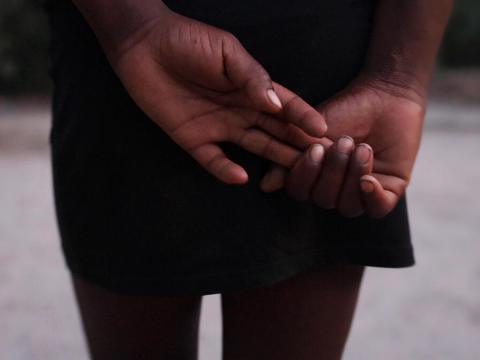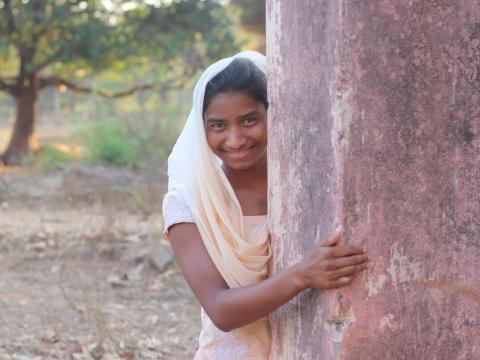
Where’s Al Gore’s movie about child violence?
It took decades before the threat of climate change was taken seriously. Warnings about the ‘greenhouse effect’ appeared on the front page of the New York Times for the first time in 1981. It took almost 20 years before the first global agreement to reduce greenhouse gases was signed in Kyoto, Japan.
In 2006, Al Gore’s film An Inconvenient Truth raised public concern but it wasn’t until 2014 that a 311,000-strong People’s Climate March took place in New York City. By then the whole world was already feeling the impact of climate change: hurricanes, typhoons, floods, drought destroying homes, livelihoods and lives.
During all that time another threat to humanity marched on largely unnoticed and unchecked; a threat felt by people in all countries, affecting all races and classes, targeting the youngest and most vulnerable: Violence against children.
The estimated numbers of people who will be displaced by climate change by the middle of this century vary. Some say 25 million, some a billion. Huge numbers. But around a billion children experience violence every year. Bullying, violent discipline, or as some form of physical or sexual violence. Yet, there are no Nobel Prize-winning movies or traffic halting sit-ins on London Bridge calling for an end to that.
What is worse, these two threats to children are interconnected at many levels. I lived in Asia for six years and every year we had at least one or two typhoons, flooding or some other natural disaster. And every time we would see an increase in commercial sexual exploitation, child marriage, sexual, physical and other forms of violence as families and children struggled to cope with the consequences of disaster. This was true especially in places where such practices are already prevalent, condoned or insufficiently addressed.
This is why World Vision teamed up with the Overseas Development Institute to explore the interplay between climate change and violence in childhood. These are the three things I have learned from our work together:
-
Climate change does not cause violence against children but leads to its increase: When disasters occur, the loss of homes and livelihoods combined with existing problems including poverty, discrimination, gender inequality, or general insecurity, create perfect conditions for all forms of violence against children to thrive. We have seen this in Sahel, Mozambique, Bangladesh and other places where child marriage, child labour or commercial sexual exploitation emerged as critical coping mechanisms for disaster-affected families.
-
We can mitigate the consequences of climate change and simultaneously reduce violence against children: Integrating specific measures to address the existing drivers of violence in interventions to manage risks and build resilience, can significantly decrease both negative impacts of climate change for children and their communities. Also, regulatory and consumer pressure measures can be used to eliminate or transform industries that are major sources of greenhouse gas emissions, as well as those that employ children. In this way they can become more environmentally and socially responsible. Life skills education offered to primary and secondary school children can include both skills to manage the risk of violence and protect the environment. Intentionality is the key.
-
Children are leading the action but they need our help. Greta Thunberg highlighted what children recently confirmed in a multi-country survey: children are both victims and crucial agents of change in the fight against global warming. We, adults – parents, teachers, government officials – need to ensure that they are informed, safe from violence and heard by policymakers. This can be done by investing in life skills, environmental education and through promoting safe child participation.
Reversing climate change will not stop violence against children, nor will ending violence against children roll back climate change. However, understanding the linkages between the two issues and adjusting our approach to tackling both can help further reduce vulnerabilities and mitigate their impact on children and families.
Children are telling us that it is possible to transform our societies so that violence is no more, and care and protection of environment a norm. It is time to listen to them and acknowledge this truth, regardless of how inconvenient it may be.
To read the ODI and World Vision report Ending violence against children while addressing the global climate crisis click here
To read more about World Vision's work on climate change click here and on its work on child protection here.
Tamara Tutnjevic is World Vision's Senior Policy Advisor on Ending Violence against Children.
**Think others would want to read this article? Why not share it on on social media by clicking the links below.**

